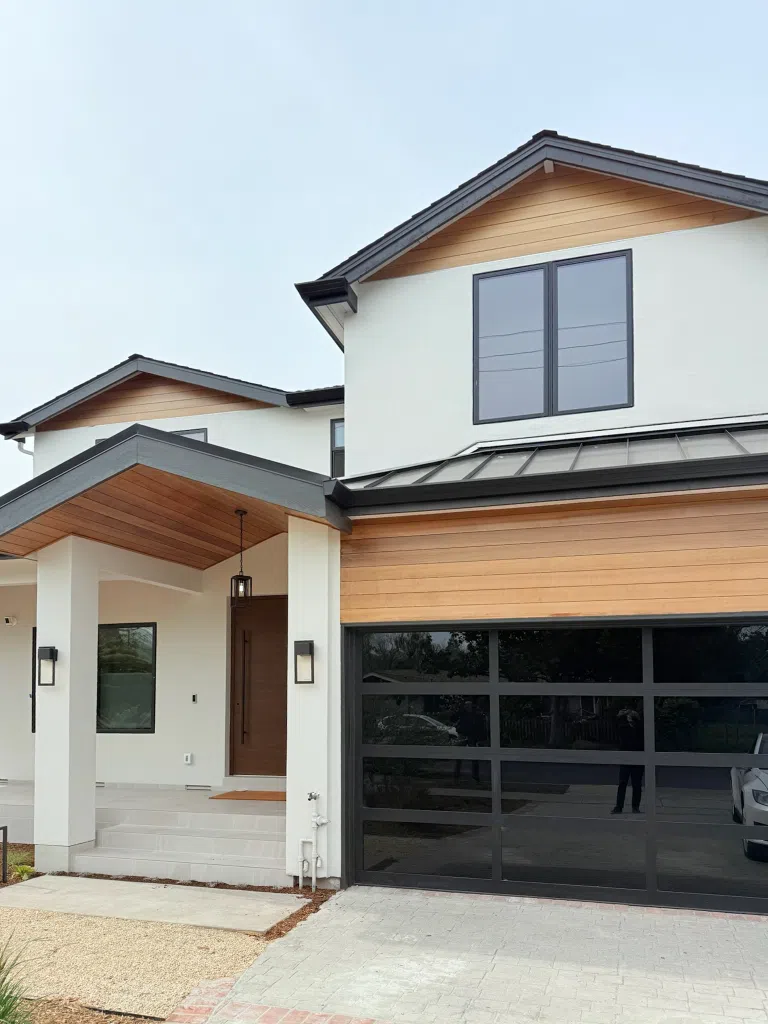Construction projects in San Jose often take longer than a year due to a combination of factors, including regulatory, logistical, economic, and environmental challenges. Here are some key reasons why construction timelines are extended in the city.
1. Permitting and Regulatory Delays
-
Strict Building Codes: San Jose (and California in general) has stringent building codes, especially for seismic safety, energy efficiency (Title 24), and accessibility (ADA compliance).
-
Environmental Reviews: Projects often require CEQA (California Environmental Quality Act) reviews, which can take months or even years for large developments.
-
Backlog in Approvals: The city’s planning and building departments may have a high volume of applications, leading to delays in permit issuance.
2. Labor and Material Shortages
-
Skilled Labor Shortage: The Bay Area’s high cost of living makes it difficult to retain construction workers, leading to slower project progress.
-
Supply Chain Issues: Materials like steel, lumber, and electrical components may face delays due to national supply chain disruptions.
3. High Construction Costs & Financing Challenges
-
Expensive Land & Labor: San Jose’s high real estate costs and union wage requirements increase project complexity and funding needs.
-
Financing Delays: Developers sometimes face funding gaps or lender requirements that slow down construction.
4. Utility & Infrastructure Upgrades
-
Many projects require coordination with PG&E, water districts, and telecom companies for underground utility work, which can take months.
-
Older neighborhoods may need infrastructure upgrades (sewers, electrical grids) before new construction can proceed.
5. Community Opposition & Legal Challenges
-
NIMBYism (Not In My Backyard): Residents often oppose high-density projects, leading to lawsuits, appeals, or demands for redesigns.
-
Disputes Over Affordable Housing: Projects may be delayed due to conflicts over affordable housing requirements.
6. Weather & Site-Specific Issues
-
While San Jose has mild weather, rain (especially in winter) can delay excavation and foundation work.
-
Soil conditions (e.g., liquefaction risk in earthquake zones) may require additional engineering work.
7. Complex Projects & Design Changes
-
Large mixed-use developments, high-rises, or tech campuses involve multiple phases and stakeholders, leading to longer timelines.
-
Last-minute design changes (due to new regulations or client demands) can set back schedules.
Examples of Long-Delayed Projects in San Jose
-
Google’s Downtown West – Faced years of delays due to negotiations with the city and community groups.
-
BART Extension to San Jose – Took decades due to funding battles, environmental studies, and construction challenges.
-
Affordable Housing Projects – Often delayed by funding gaps and permitting hurdles.
How San Jose is Trying to Speed Up Construction
-
Streamlined Permitting: The city has introduced online permitting and “priority processing” for affordable housing.
-
State Laws (SB 35, AB 2162): These laws allow some projects to bypass local review if they meet affordability criteria.
-
Prefabricated Construction: Some developers use modular building techniques to reduce on-site delays.
Conclusion
While San Jose is working to accelerate construction, the combination of strict regulations, high costs, labor shortages, and community opposition means many projects still take well over a year—sometimes even a decade for large-scale developments.
Need Fast & Reliable Construction in San Jose? Call Golden Gate Group Today!
Tired of endless delays? Golden Gate Group delivers high-quality construction projects on time and on budget. Get expert service without the wait—call us now!
